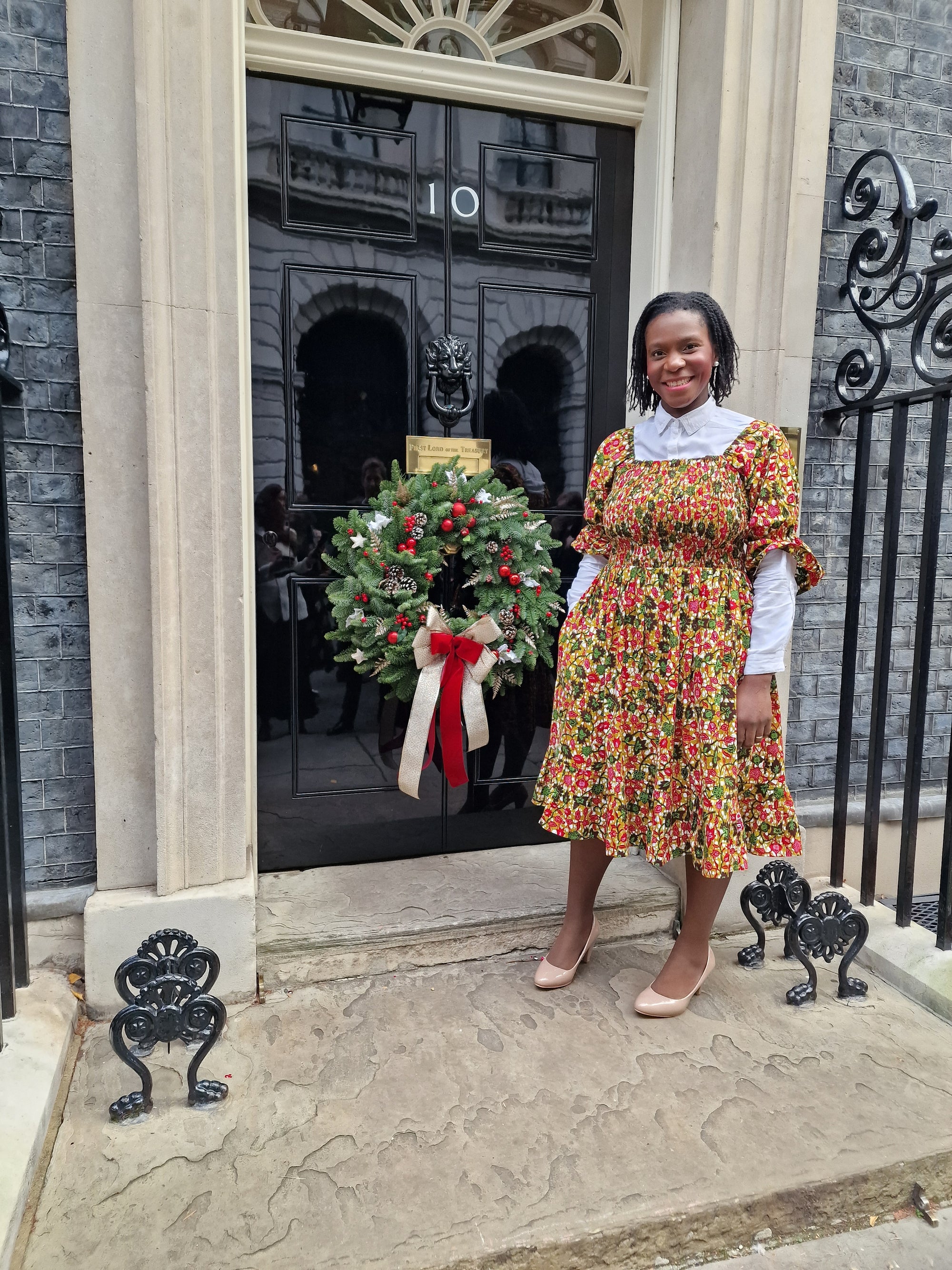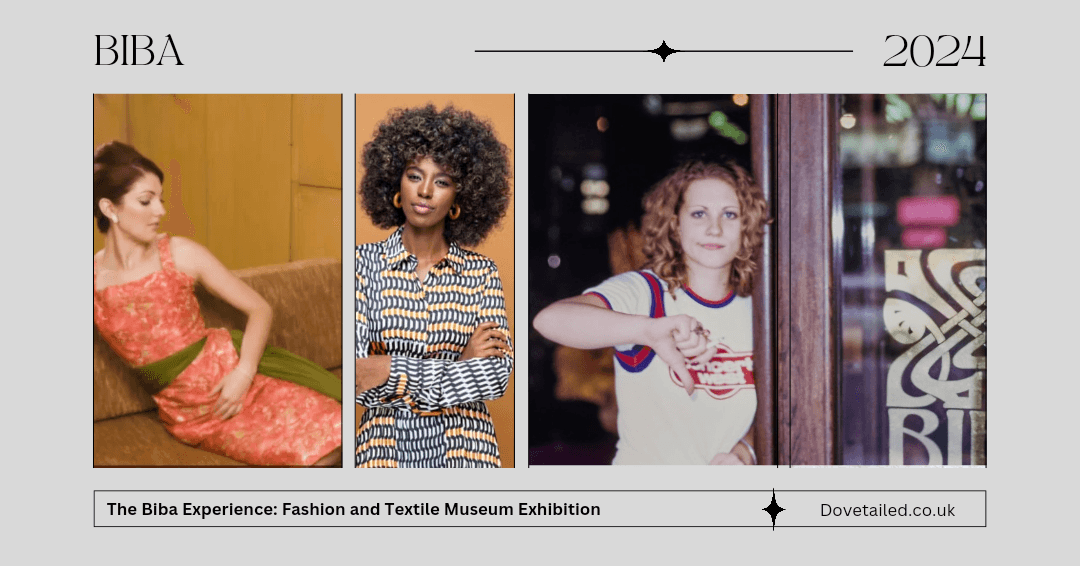The history of African wax prints is a fascinating tale of fusion and evolution. For almost a century, these fabrics bore Indonesian designs, but it wasn't until the early twentieth century that textile designers turned to the African continent itself for inspiration. Here, motifs began to take on deeper meanings, reflecting the society, history, and culture they originated from.
Ripple Effect
Meet "nsubra" also known as waterwell. This circular repeat design is much more than just a pattern – it's a symbol of impact. Just like a stone cast into a well creates ripples that spread outward, this design signifies the ripple effect of actions and connections. Its popularity is a testament to its timeless representation of interconnectedness and the power of every individual action.

IRONS
The fabric gracing the Christie Circle Skirt carries a fascinating nod to progress. Electric irons, depicted in different colours, pay homage to a time when these modern conveniences transformed daily life. In a world where technology began to shape society, wearing this fabric signaled not only style but also status. Electric irons weren't just appliances; they were symbols of progress and middle-class achievement.

Candelabras and Lightbulbs
The fabric is a shimmering tribute to illumination. Featuring alternating candelabras and lightbulbs radiating light, this design dates back to the 1950s. Its beams of light tell a story of opulence – a candelabra in a home was a mark of affluence. Wearing this fabric became a statement of not just fashion but also the gleam of prosperity.

Animal Motifs
From majestic horses to vibrant peacocks, African wax prints often showcase a menagerie of animals. These motifs aren't mere embellishments; they hold historical ties to Adinkra symbols. These symbols, rooted in the history of Ghana's Akan people, carry meanings and wisdom passed down through generations. Just like the mythical winged creature on the Penny Coin Purse, these animals bring stories to life.

Adinkra
Some fabrics go beyond patterns and incorporate ancient wisdom in the form of Adinkra symbols. These symbols, originating from the Akan people of Ghana, hold concepts and sayings from another era. With roots tracing back to Gyaman, a former kingdom on the Ivory Coast, and migration from the Sahara in the eleventh century, Adinkra symbols are more than symbols – they're echoes of heritage and history.

DISCLAIMER: Please note that moving forward, you can find our complete range of fabrics and pattern books exclusively on our Etsy store. We appreciate your understanding and cooperation during this transition period. Should you have any questions or need assistance, feel free to reach out to our dedicated customer support team.
Shop our fabrics on Etsy here.




